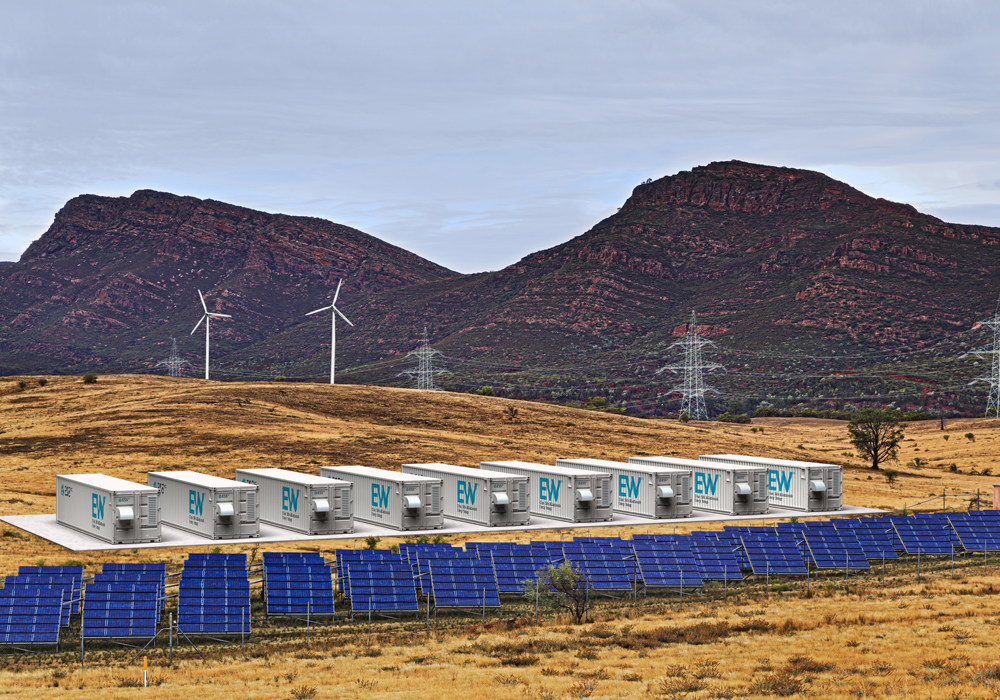By Eric Dresselhuys, CEO
In 1970, the first Earth Day was spurred by growing concerns about industrial pollution. In the decades since, increasing carbon emissions and climate change have come to the forefront of political and environmental conversations. Today, more than 70 countries, who collectively account for 76% of global emissions, have set targets for net-zero carbon emissions by 2050 or 2060 and are joined by thousands of corporations and other organizations around the world making public commitments to a more sustainable future.
Achieving these targets will require an unprecedented transformation in the ways we generate and use energy. Energy storage will be the linchpin of this global transition to clean energy and as that shift accelerates, global energy storage deployments are growing rapidly. Today, incentives for deployment and investment are driving a rapid increase in battery manufacturing.
At first glance, this is good news. More energy storage will enable more renewable energy and reduce carbon emissions. However, battery production is not without environmental impacts. In fact, increased manufacturing of the incumbent battery technology, lithium-ion, presents a new set of environmental challenges: tenuous supply chains, safety, and environmental impacts are all of concern.
Over the next several decades, global demand for battery materials is expected to increase as much as 4,000 percent. As we transition away from fossil fuels, it will be essential that these materials come from responsible sources to ensure that the new clean energy economy is built on a sustainable foundation.
Currently, lithium-ion technology requires scarce minerals, such as cobalt and nickel, which are frequently sourced from geopolitically challenging regions lacking environmental and human rights protections. In addition, lithium mining requires ~500,000 gallons of water per ton of material, which is especially concerning given that over half of the world’s lithium resources are located in arid regions such as the desert salt flats of Bolivia, Chile and Argentina. In these areas, water must be transported to mine sites, further increasing the impact of mining operations. Lithium mining is also highly carbon intensive, with approximately 15 tons of CO2 emitted per ton of lithium mined.
This is why we’re especially proud of the work we do at ESS to deploy iron flow battery technology which not only enables decarbonization of the grid, but which does so by leveraging a responsible supply chain with a low carbon footprint.
ESS’ long-duration energy storage systems are powered by earth abundant, non-toxic ingredients – iron, salt and water – and ideally complement renewable generation by providing up to 12 hours of storage. Containing one-third the embodied carbon emissions of lithium-ion batteries, ESS’ systems leverage a predominantly domestic supply chain and use widely available materials, increasing flexibility and reducing impacts. A study by researchers at University of California, Irvine found that iron flow technology has the lowest lifecycle carbon footprint of any competing energy storage technology.
This Earth Day, we find ourselves at an exciting moment in the clean energy transition. Passage of historic clean energy legislation in the U.S. and abroad and the development of new clean energy technologies like ours, lay the groundwork for the rapid deployment of renewable energy and decarbonization of the global energy system. It is an incredibly exciting time to be in the business of building the clean energy future and I am optimistic that we will meet the challenges ahead.

